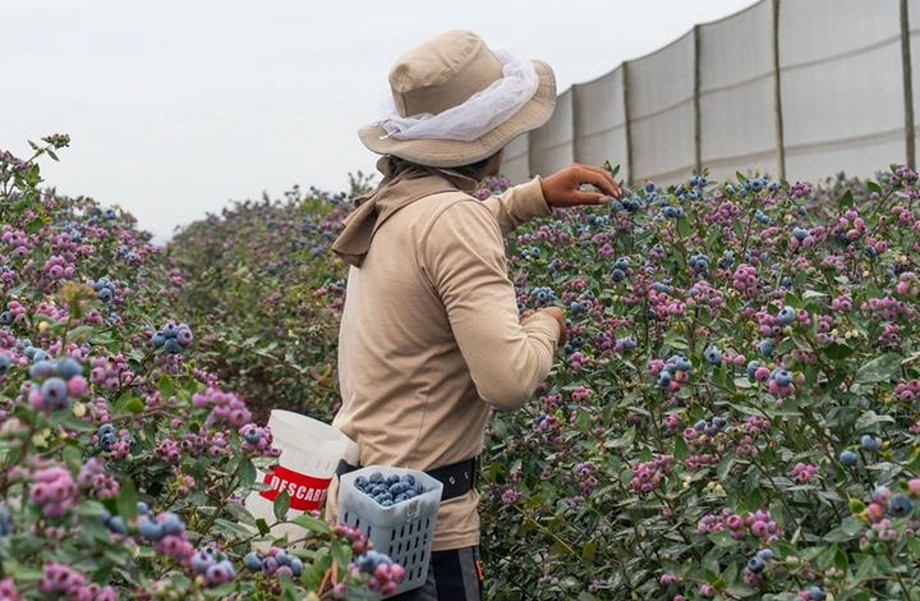In Serbia, agri-food products, and especially fruit, are a strong part of the national tradition and identity. The country is characterised by a variety of naturally flavoured fruit, which grows in a sunny climate and unspoilt soil, and produces a total of around 1.5 million tonnes of fruit per year.
Historically, the fruit with which Serbia first became known is the plum, with the first exports occurring in 1820. Not surprisingly, Serbia is still one of the most important plum producing countries in the world. Although exports of fresh, top-quality plums are increasing, most of them are used for the production of a strong, high-quality brandy known as Sljivovica, a national drink. In recent years, the country has made strides in other areas of fruit production, causing a rapid shift from traditional to modern agriculture.
The total area of fruit production in Serbia is nearly 190,000 hectares, with 20 percent going to berries plantations, a segment that has become a leading category by value and export volume over the past decade. This growth is evident in the increasing acreage used for berry cultivation: in 2013 Serbia had 17,629 hectares of berry plantations, rising to 38,000 hectares in 2020. Serbia is famous for its blackberries, strawberries and currants, but raspberries still dominate with more than 25,000 hectares and 128,971 tons produced in 2020, making Serbia one of the leading raspberry-producing countries in the world.
In addition to raspberries, the planting of blueberries has also grown considerably over the last five years. Currently, the total production of blueberries is estimated at more than 2,500 hectares. However, while the raspberry production sites are relatively small, the production of blueberries consists of large intensive farms with modern technology. With young orchards reaching full capacity, Serbia's annual production is growing rapidly, and modern cold storage facilities are visible throughout the country.
Source: Fruitnet









